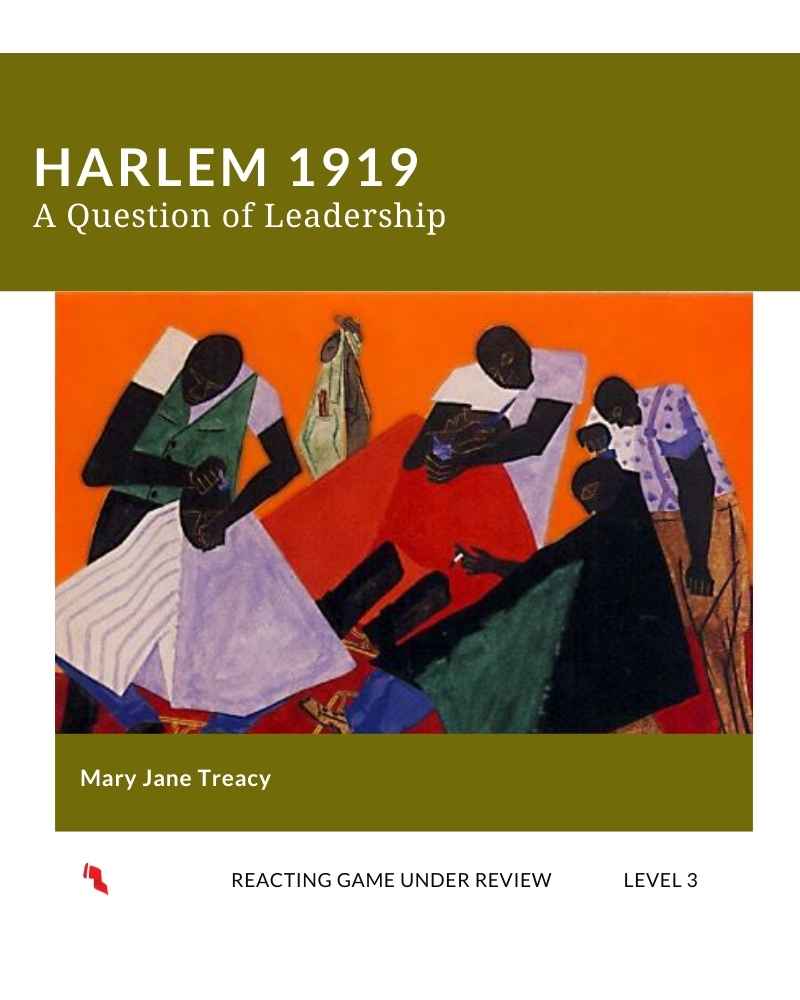 |
A New Century, A New America? This game takes students to the beginning of the modern era when urbanization, industrialization, and massive waves of immigration were transforming the U.S. way of life. Suffragists are taking to the streets demanding the vote. What, they ask, is women’s place in society? Are they to remain in the home or take an active role in the political life of the nation? Labor has turned to the strike to demand living wages and better conditions; some are even proposing an industrial democracy where workers take charge of industries. Can capitalism foster an economically just society or must it be reformed, or even overturned? Members of these groups converge in Greenwich Village to debate their views with bohemians who seek personal transformations to create the new men and women of the twentieth century. The game asks which social changes are most needed, the ideals they espouse, and the best ways to realize their goals. |
Details
|
Using the Game
Class Size and Scalability Class Time
|
Greenwich Village 2nd Edition Changes Guide
.docx file.
Gamebook Students need a Gamebook, which includes directions, resources, and historical content. Greenwich Village Second Edition Gamebook is published by UNC Press. Paperback ISBN:978-1-4696-7410-0 E-Book ISBN: 978-1-4696-7411-7 Published March 2023 Available wherever books are sold. | Instructor's Manual The Instructor's Manual includes guidance for assigning roles, presenting historical context, assignments, activities and discussion topics, and more. .docx file. .docx file. | Role Sheets & Handouts Students also need a Role Sheet, which contains biographical information, role-specific resources or assignments, and their character's secret victory objectives. .zip files. |
Additional Resources
Resources for Introduction and/or Debrief
|
|
Mary Jane Treacy
Mary Jane Treacy is professor emerita of modern languages and literatures at Simmons University (formerly Simmons College), where she was also director of the First-Year Seminar and later, the Honors Program. She has been involved with the Reacting to the Past pedagogy since 2005, when she played a minor spy in the court of Henry VIII and then set out to write Greenwich Village, 1913, for her course in the roots of feminism. She has taught Greenwich Village in both women’s and gender studies courses and first-year seminars. A member of the Editorial Board, she has the privilege of reading and play-testing new games that take her to all eras and parts of the world. |
Members can contact game authors directly if they have questions about using the game. We also invite instructors join our Facebook Faculty Lounge, where you'll find a wonderful community eager to help and answer questions.
|
|
|




